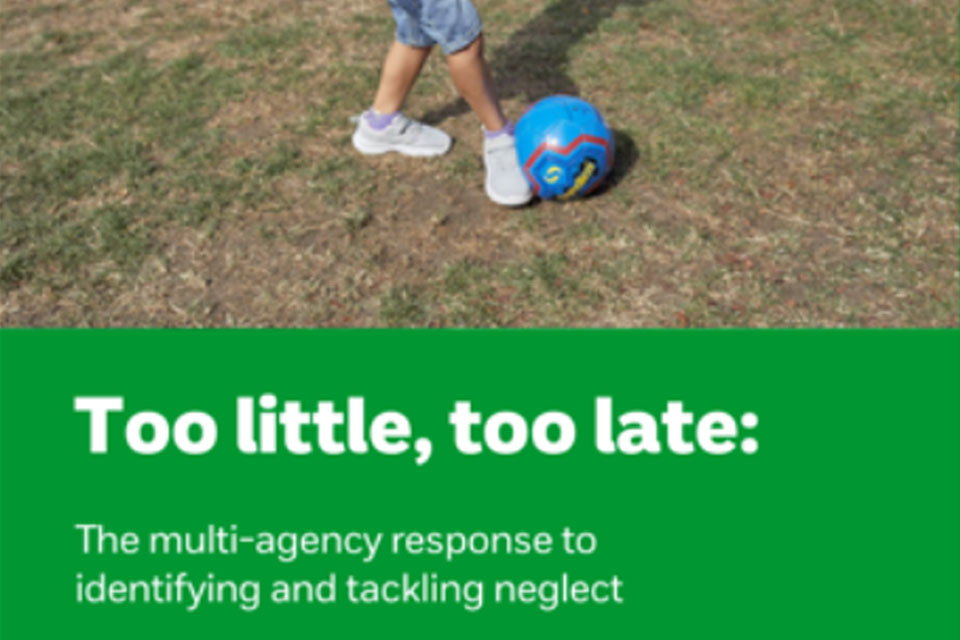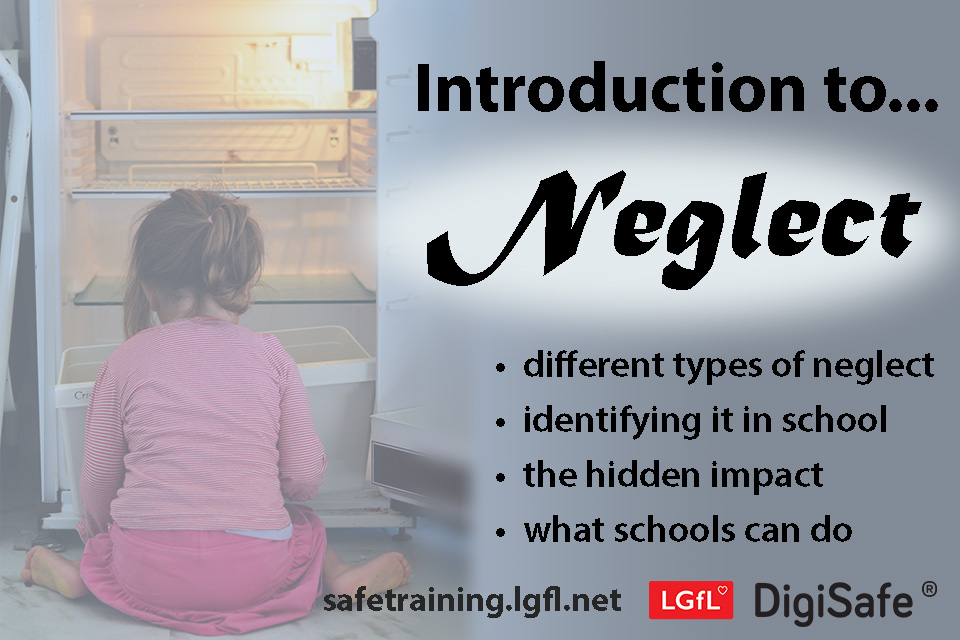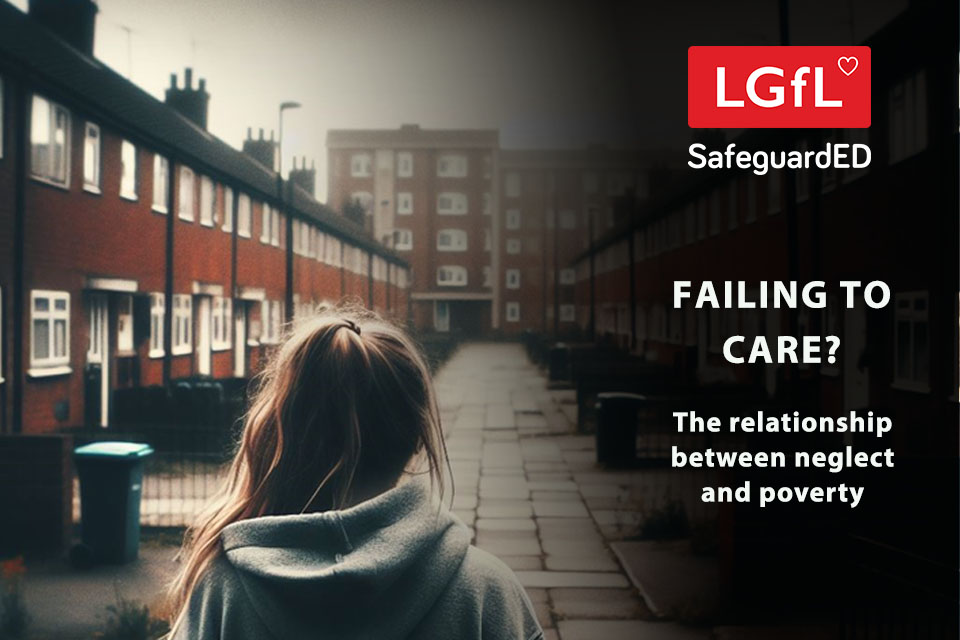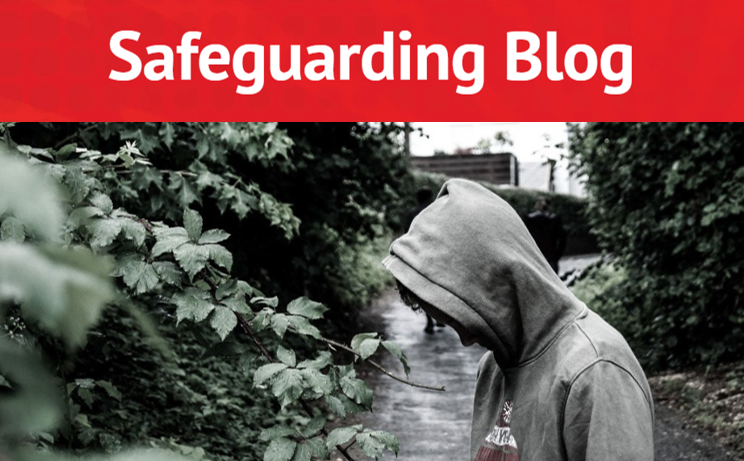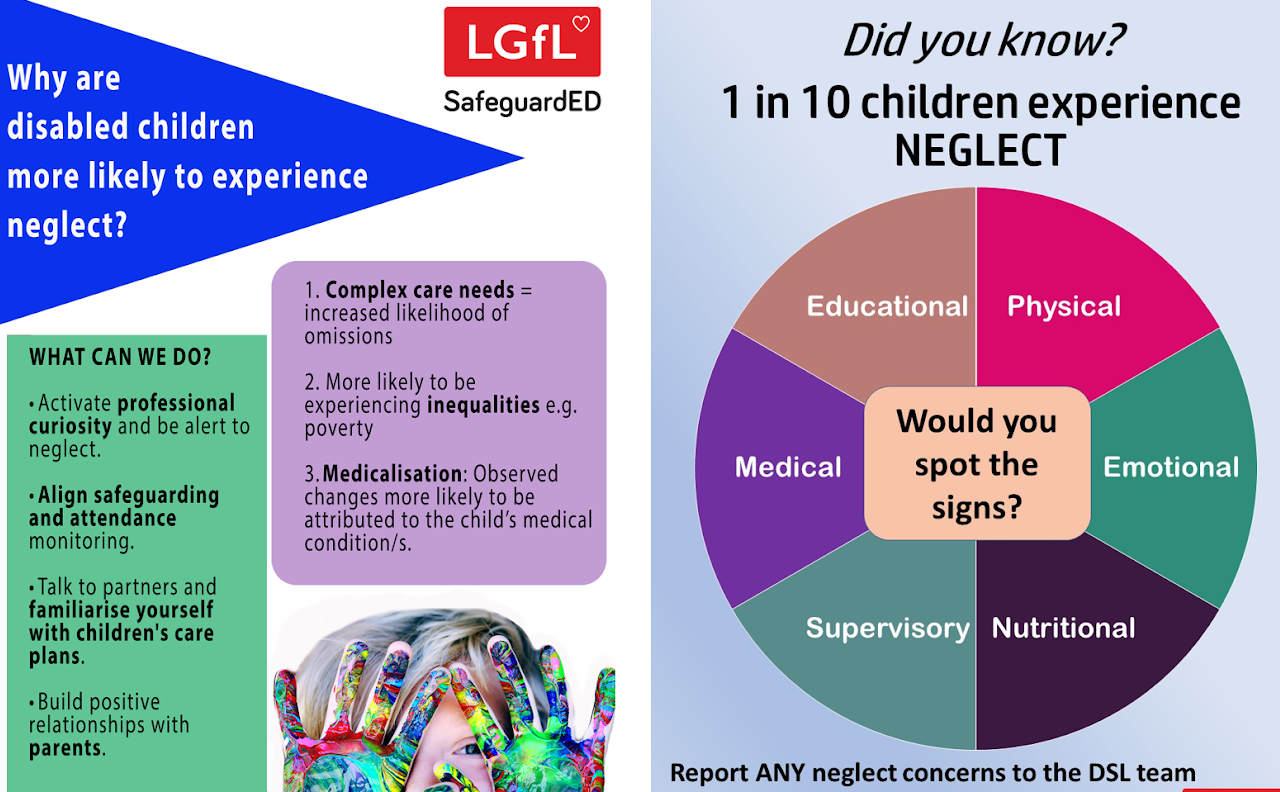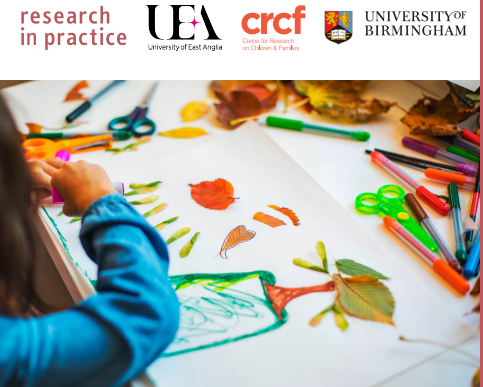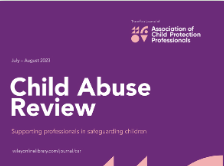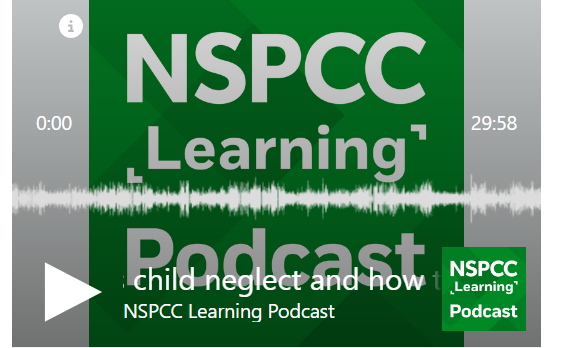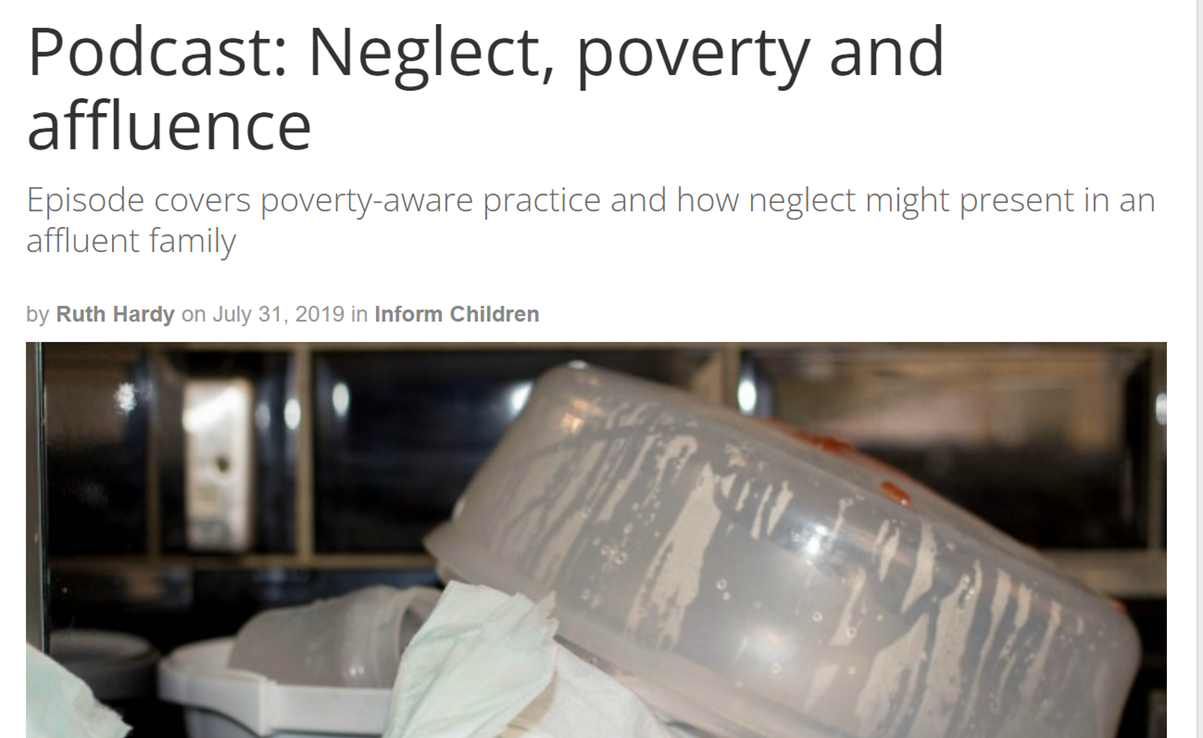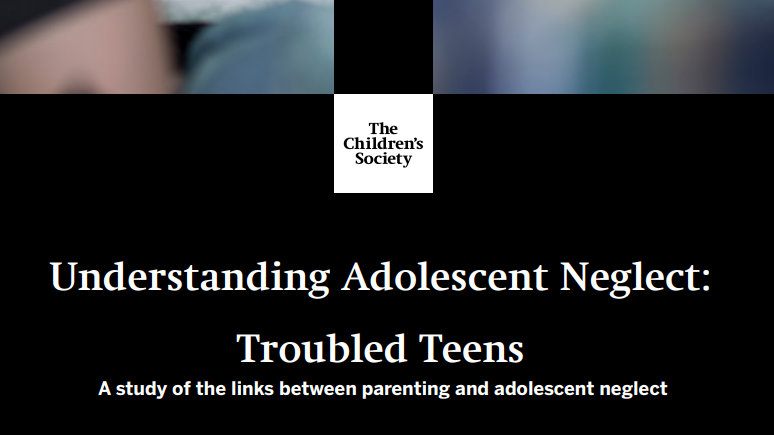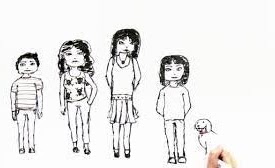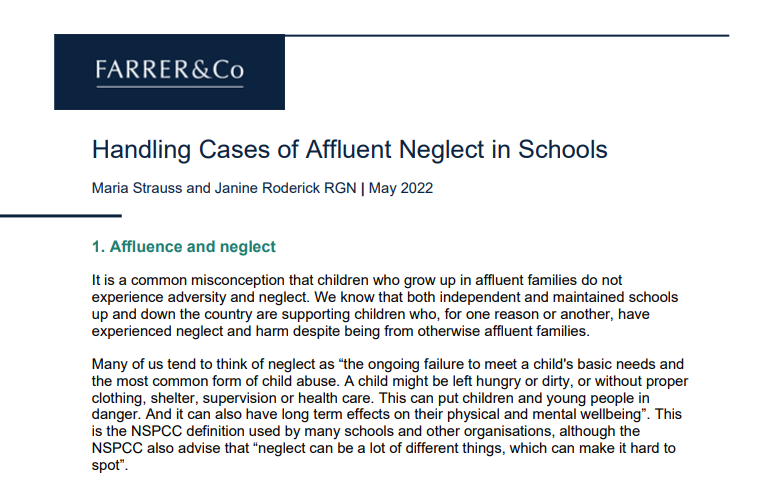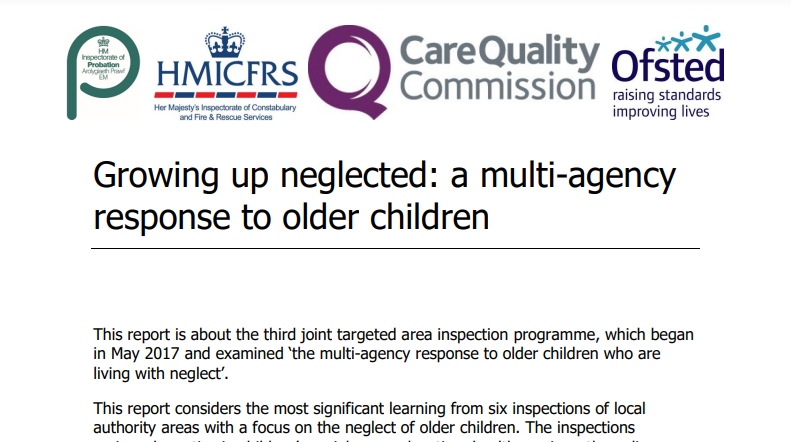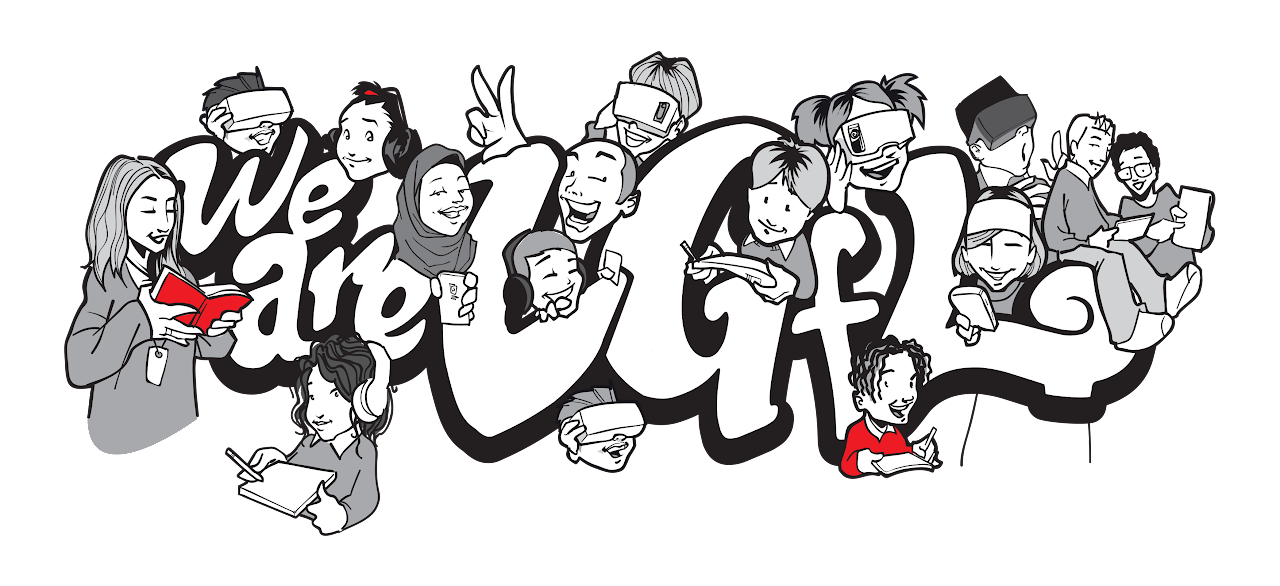Types of Harm
Neglect
Neglect can look very different from one child to another, can be hard to identify and very challenging to tackle. Therefore, LGfL has created a range of resources, support and training to support schools with this area of safeguarding practice.
Training Courses from the SafeguardED Team
Our neglect expert has developed and regularly delivers a suite of training on neglect. Our 2-hour introductory course explores what neglect looks like, how it impacts children and how schools can effectively respond. In addition to this course, we also have four 30-minute short courses on specific areas of neglect to help explore particular issues further (we recommend you first attend the Introduction course), as well as a further course on the link between poverty and neglect. Take a look at the links below to read more and book your place.
Introduction to Neglect
Neglect is the most prevalent form of maltreatment a child can experience and one of the most challenging types of harm for schools to evidence. Reviews and research often suggest that practitioners do not fully understand neglect, so why not come to this two-hour session to find out more, develop best-practice in your school and learn new ways to keep children safe.
Failing to Care
It is widely known that there is a link between neglect and poverty. However poverty does not cause neglect. The relationship is much more complex. Come along to this 2hr session to better understand neglect as a result of poverty and what schools can do to help children and families.
Safeguarding shorts : Adolescent Neglect
Neglect is identified much less often in older children, compared to younger children, but the effects can be significant
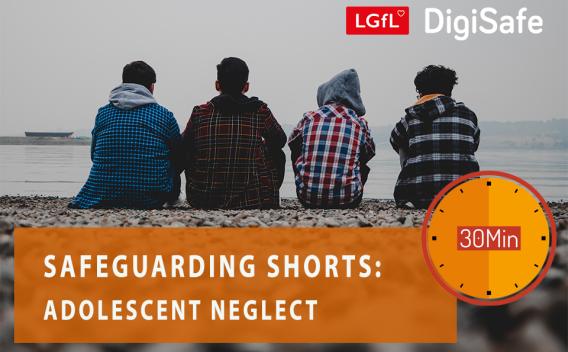
Safeguarding Shorts - Disabled Children & Neglect
Exploring challenges identifying the neglect of disabled children, and what schools can do to overcome them
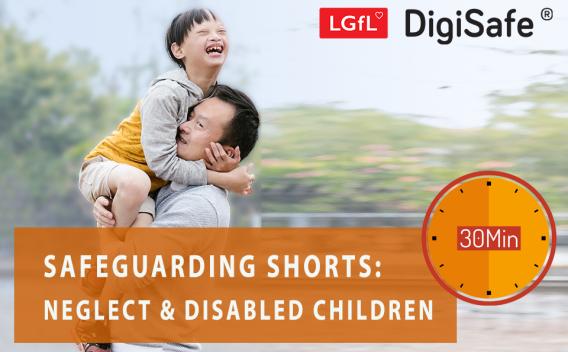
Safeguarding Shorts - Affluent Neglect
Neglect can occur in any family, even those of considerable wealth, however this isn't always recognised

Safeguarding Shorts - Cumulative Harm
Reviews have often shown that practitioners do not effectively understand cumulative harm - come and explore the issue
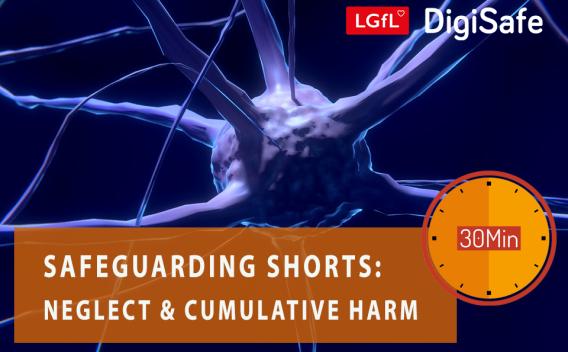
Affluent Neglect Spotlights
Use these 5 minute video resources in team meetings or otherwise, to provide updates and to support staff with enhancing their safeguarding knowledge and practice.
Affluent Neglect Spotlight 1
What is affluent neglect? What can it look like and how best should we respond to it in schools?

Affluent Neglect Spotlight 2
Our second case study of affluent neglect for staff to explore. How can bias impact our response to neglect in more affluent families?
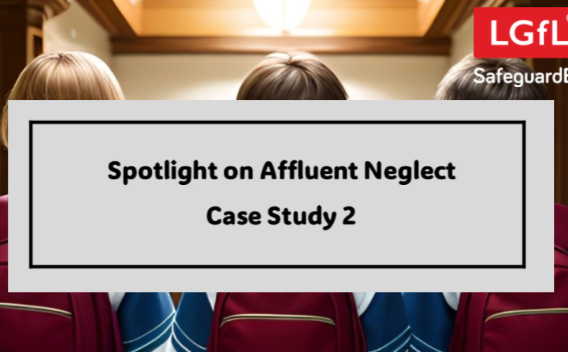
What does neglect look like?
Neglect is often characterised in a way that focuses on the physical needs of children not being met. But physical neglect is only one of the six forms. The following are also examples of neglect:
A young child who is not supervised online and is at significant risk of exploitation or abuse
A 14-year-old with everything they could wish for physically, but given little love, warmth or interaction from parents due to demanding careers
A disabled child whose carer doesn’t provide resources or opportunities for their child to play in a developmentally appropriate way
A child who is morbidly obese due to high calorie intake, where carers do not follow the dietician’s advice to reduce the child’s weight
A child not supported to attend education due to parent's poor mental health.
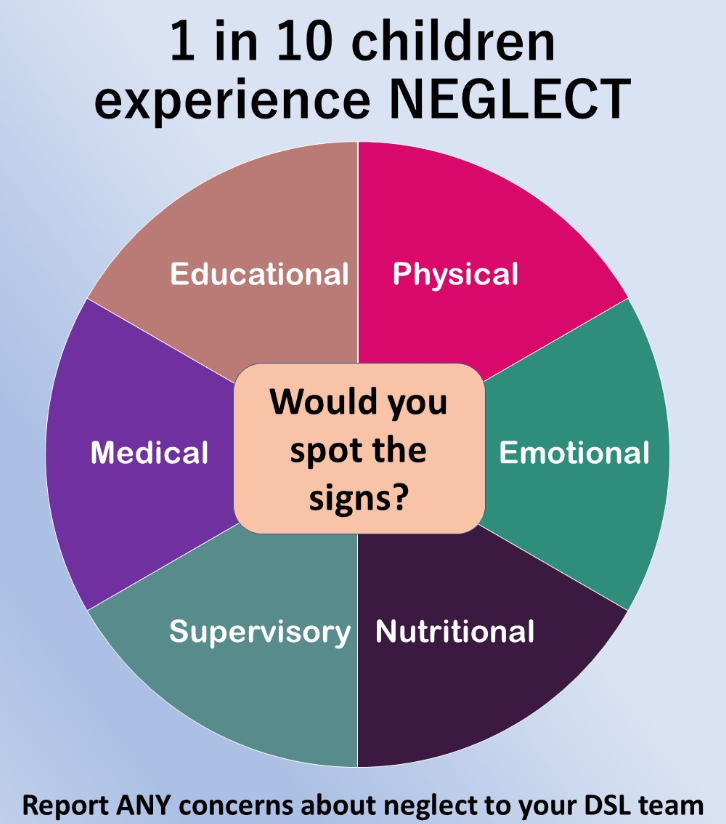
How can I better identify and respond to neglect in a school setting?
Posters
These key questions may help you reflect upon the effectiveness of your practice.
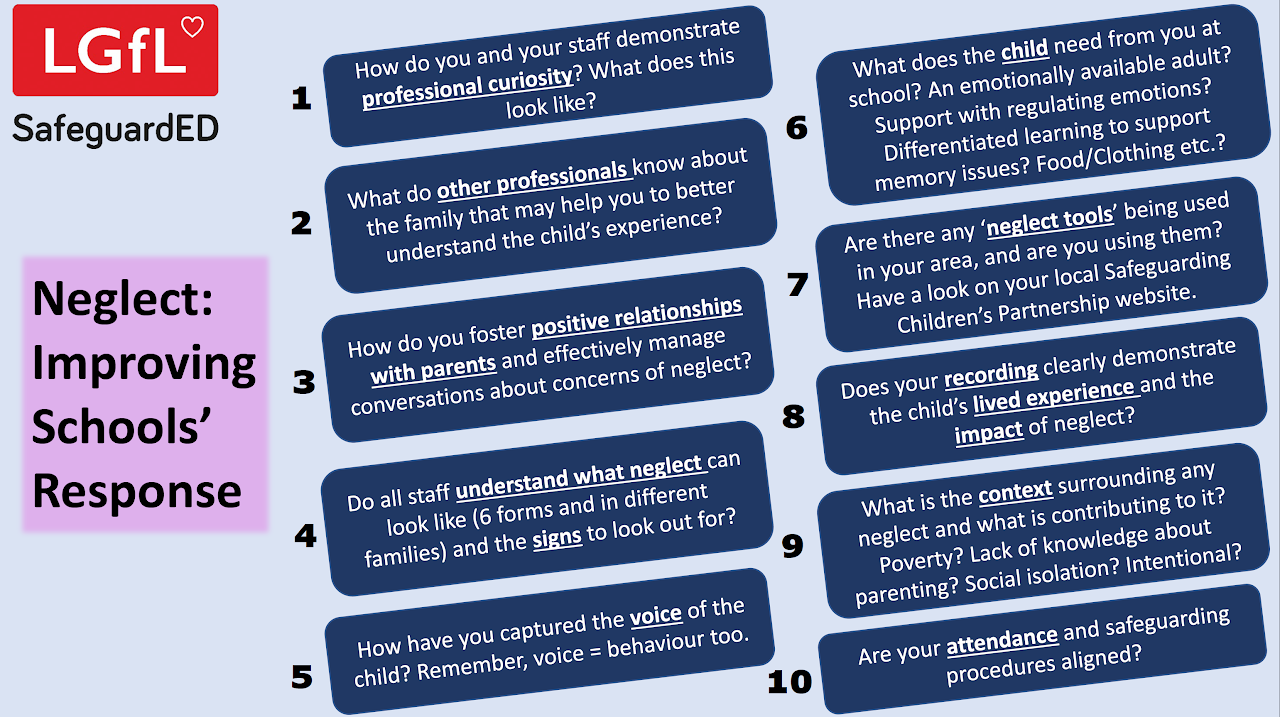
Improve your Recording
Have a look at our FREE guidance and training slides that include examples of how to improve record keeping in relation to neglect
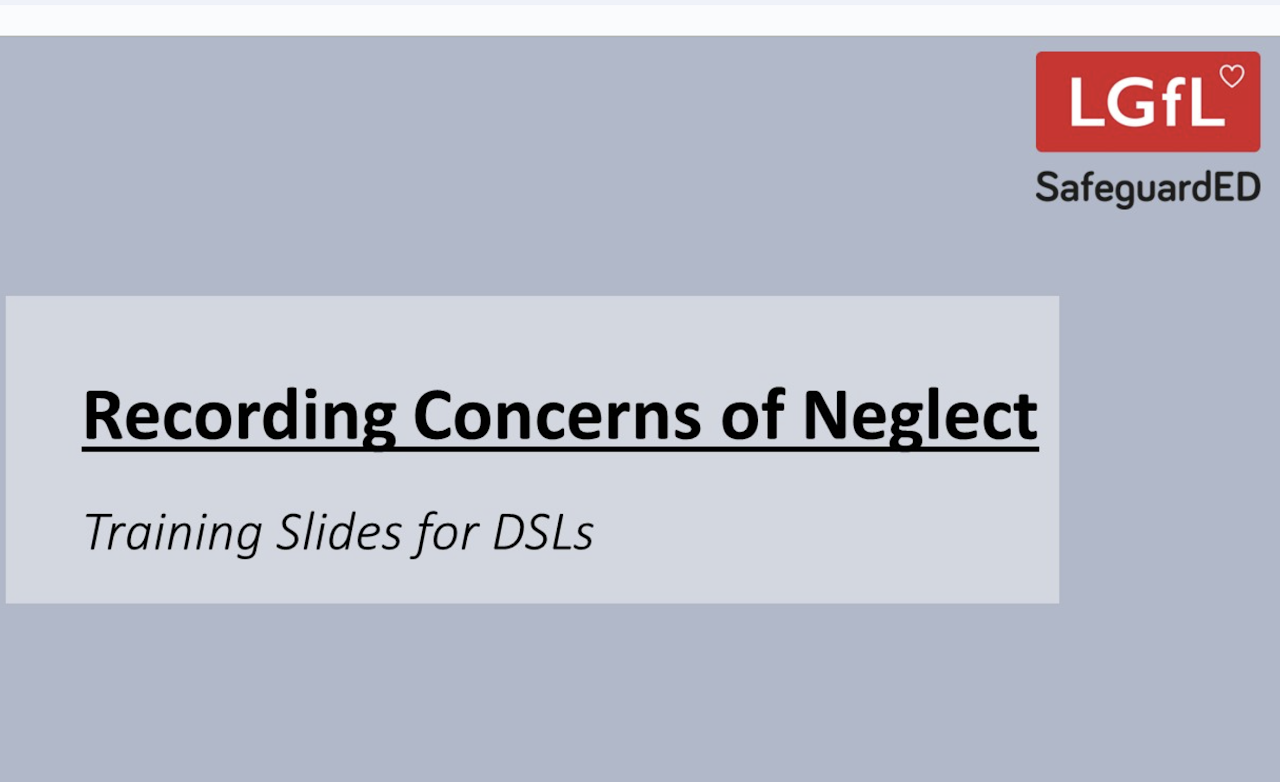
Neglect Resources
Here are some excellent resources from which will support your work relating to concerns of neglect:
Too Little Too Late, NSPCC
Placeholder text - this can be deleted if you don't want your card to have a long form description.
